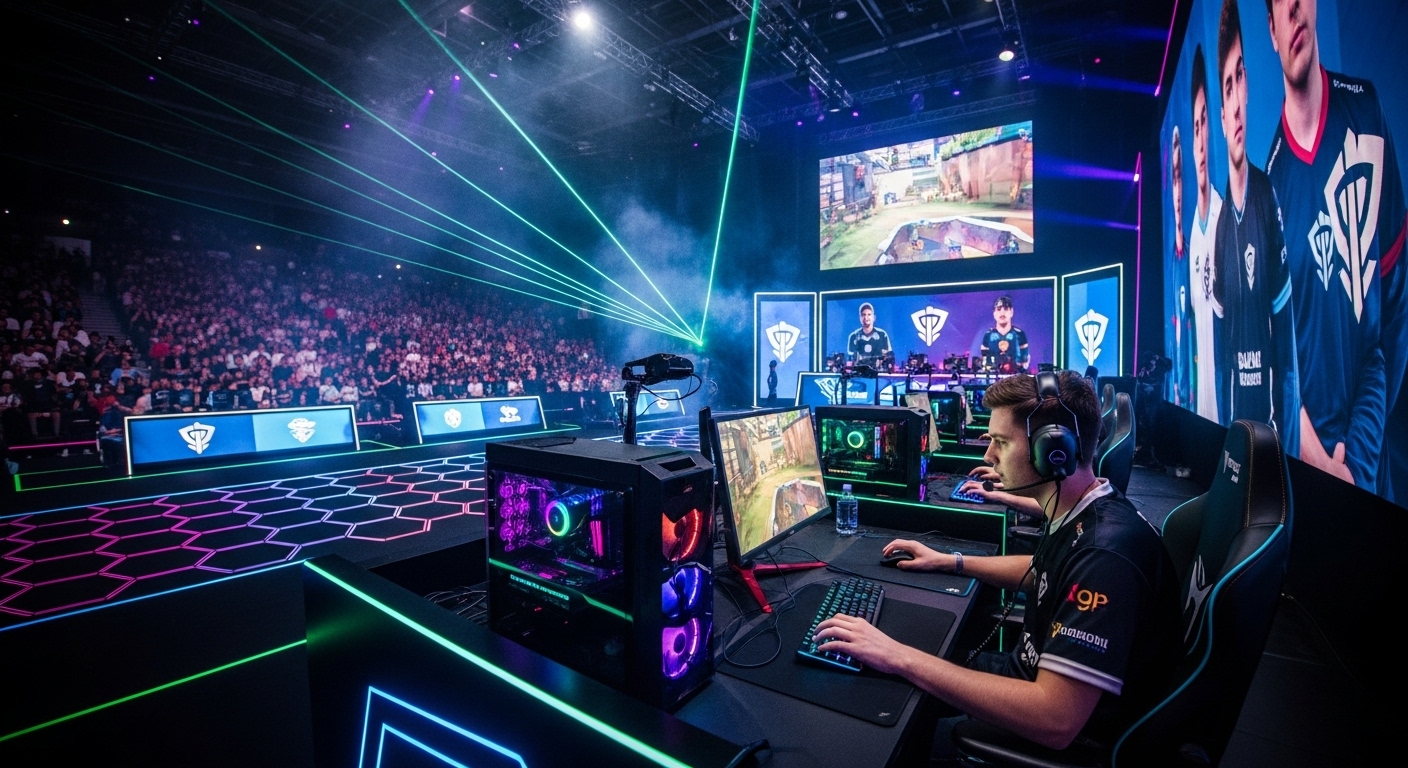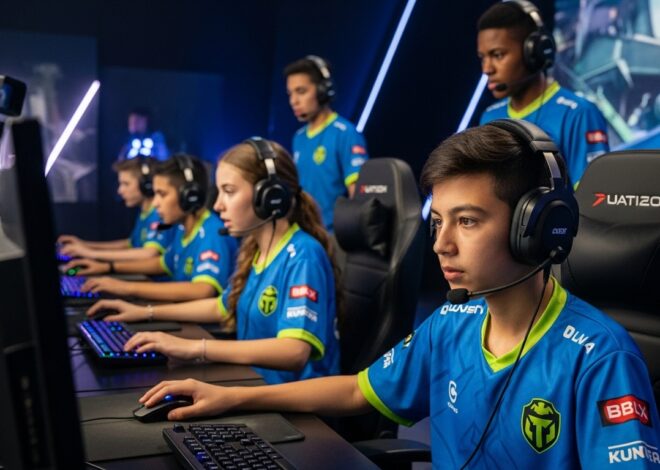
Level Up: How Esports Became a Global Powerhouse
Introduction: The Rise of a Digital Giant
Once considered a niche hobby, esports has rapidly evolved into a billion-dollar global industry. With millions of fans, professional players, major sponsors, and sold-out arenas, competitive gaming is no longer just entertainment—it’s a lifestyle and a career path for many. The explosive growth of esports reflects the intersection of technology, culture, and a new generation of digital natives who are rewriting the rules of traditional sports.
What is Esports?
Esports, or electronic sports, refers to organized video game competitions where individuals or teams play against each other, often for substantial prize money and international recognition. These events can range from small local tournaments to massive global championships broadcast live to millions of viewers. Popular esports titles include games like League of Legends, Dota 2, Counter-Strike, Valorant, and FIFA, each with its own competitive ecosystem and fan base.
A New Era of Athletes
Gone are the days when athletes were only associated with physical sports. Today, professional gamers train for hours, analyze strategies, and maintain strict routines similar to traditional athletes. Mental agility, reflexes, teamwork, and communication are vital in esports. Teams have coaches, analysts, and support staff to improve performance. In many cases, esports professionals start young and retire early due to the intense competition and mental demands.
Esports and Global Recognition
Esports has achieved international acclaim with the inclusion of exhibition matches at events like the Asian Games, and discussions about its role in the Olympics. Countries such as South Korea, China, and the United States have built strong infrastructures to support the growth of competitive gaming. Esports athletes are recognized as professionals, and some even receive government support or visas similar to those granted to traditional sports players.
Streaming and Fan Engagement
One of the main drivers of esports growth is live streaming. Platforms like Twitch, YouTube Gaming, and others allow fans to watch their favorite players and teams in real time. This direct connection has created tight-knit communities, where fans can interact, donate, and even influence the culture of the games themselves. Influencers and streamers have built massive audiences, becoming celebrities in their own right.
Sponsorships and Big Business
Esports is not just entertainment—it’s big business. Major brands like Intel, Red Bull, and even luxury fashion houses have invested in esports sponsorships. Tournaments offer multi-million dollar prize pools, and esports organizations function like traditional sports franchises, with merchandising, media rights, and partnerships. Universities are now offering esports scholarships, and investors are pouring funds into team ownership, training facilities, and infrastructure.
The Future of Esports
As technology continues to evolve, so does the future of esports. Virtual reality (VR), augmented reality (AR), and advanced AI could transform the way games are played and experienced. With increasing viewership, better monetization strategies, and global access, esports is set to grow even further. The next generation may look up to gamers the same way earlier generations idolized footballers or basketball stars.
Conclusion: More Than Just a Game
Esports is no longer a subculture—it’s a global phenomenon that has redefined what competition, entertainment, and community mean in the digital age. As it continues to break barriers and blur the lines between sports, media, and technology, one thing is clear: the game has changed, and esports is here to stay.


